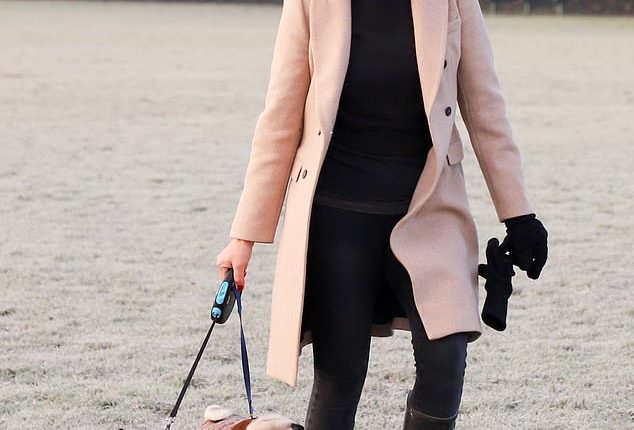
While many pet owners are well aware of the measures they need to take to keep their pet safe in the Summer – not everyone is in the know about the dangers cold winter weather can pose to pets.
Similarly to us, our furry friends also can suffer when the weather gets chillier, and with the nights getting colder, its worth ensuring you are taking the right steps when it comes to your dogs health.
Many dogs love to play and run around, especially if they spot a hint of snow, however this is not safe for every breed, and with Britain faceing more snow from this weekend and sub-zero temperatures, owners should take precautions.
Whilst some canines with thick and long hair may be okay to enjoy the chilly outdoors, owners of smaller or short-haired breeds have to take more steps to keep them warm.


Similarly to us, our pets can suffer when the weather gets chillier, and with cold spells and snow set to hit areas of Britain, it’s worth ensuring you are making the right choices by your dog (stock photo)
According to Dogs Trust, keeping you pet warm in the cold weather is a must, and breeds who have shorter hair need an extra hand in the form of a winter coat.
However not all of our four-legged friends are used to donning a winter coat, so the charity advises you accustom them to the item in a ‘gradual and positive way’.
In a TikTok video, veterinarian, Ben The Vet explained that snowy weather in particular can cause pain for your dog.
He divulged to his followers that they should be checking their dog’s feet often so snow does not get compacted in their paws and thus cause them a great deal of pain.
Additionally, rock salt, used to help de-ice roads and pavements in winter, can irritate your dog’s paws – and can be dangerous if ingested.
The RSPCA say: ‘It is difficult to say how much needs to be eaten for signs of toxicity to be seen. Even a small amount of pure salt can be very dangerous to pets.
‘Ingestion can result in a high blood sodium concentration which can cause thirst, vomiting and lethargy, and in severe cases there is a risk of convulsions and kidney damage.
‘It is important to thoroughly wipe your pet’s feet and the fur on his/her legs and tummy after a walk or time outside. Any animal suspected of ingestion of rock salt must be assessed by a vet immediately.’
According to PetMD, owners should also be regularly wiping their pets’ feet after every walk during the colder months.
Vetinarian, Dr Laura Kozlowski explained to the publication: ‘Pets become exposed to rock salt most often when they lick their paws after a walk.
‘This is generally irritating to the feet and can cause mild vomiting and diarrhea, but it isn’t toxic in small amounts.’
Understanding when it’s perhaps too cold to take your dog out for a walk is also essential in keeping them safe.
According to NationalWorld, academics from Tufts University, in Massachusetts, revealed that temperatures between -1C and 4C are ‘potentially unsafe’ for small and medium sized dogs.
As a result, dogs shouldn’t be outdoors in these temperatures for a long time as it may affect their body temperature.
Keeping your pets body temperature at a safe level, is key in them avoiding getting hypothermia.
Pale gums, shivering, a stiffness to their movement and an unwillingness to move are all potential signs of hypothermia, according to PetMD.
If your pet exhibits any of these traits then you should immediately take them indoors and wrap them in warm fabrics. Following this, owners should seek the advice of a veterinarian.
Veterinary surgeon, Dr Nick Horniman advised dog owners to take their pets for a stroll during sunnier times as a safer option.
In a discussion with PetMD, the veterinarian explained that as the temperature lowers, it is best to go on a stroll with your furry friend between 8am and 3pm for half an hour or less.
.









